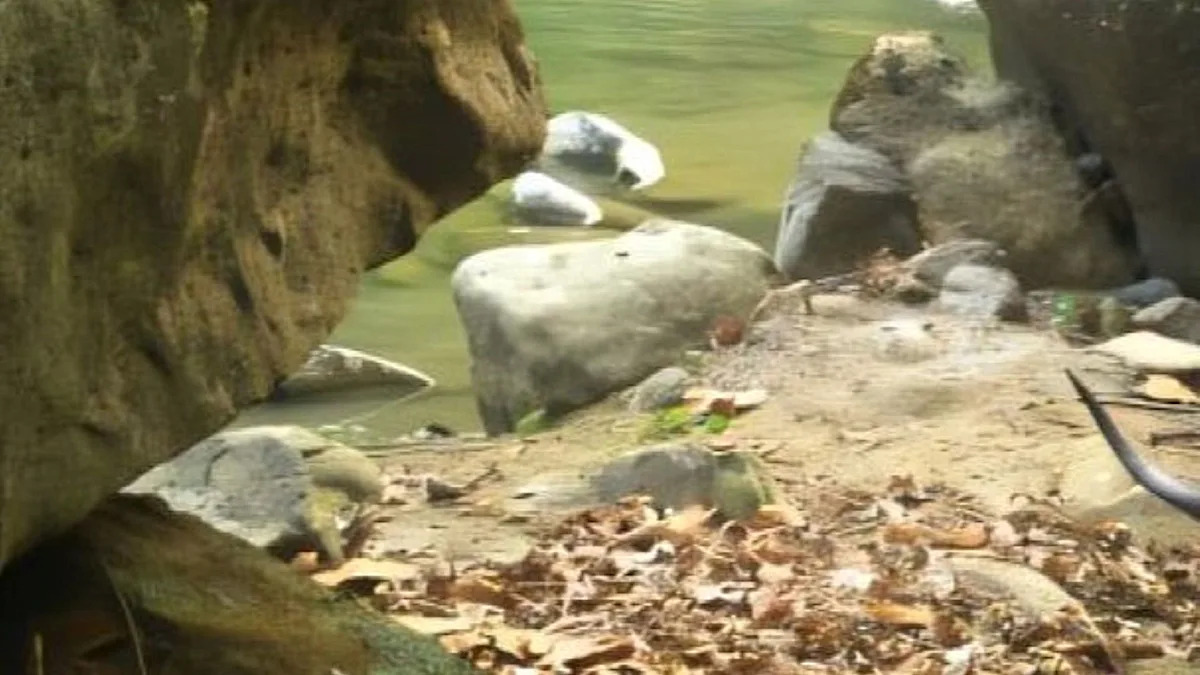A team of conservationists in Northern India has captured rare images of a vulnerable animal few expected to see, according to The Kansas City Star.
While conducting a tiger survey in Nandhaur Wildlife Sanctuary, researchers spotted traces of a smooth-coated otter, a species thought to be missing from the region. Intrigued, they set up trail cameras and soon confirmed the sanctuary’s first documented photos of the elusive mammal.
The sightings, recorded in May 2024, show small groups of otters moving along riverbanks and scrambling over boulders. Smooth-coated otters are the largest otter species in Asia, weighing up to 24 pounds, and are typically found in tight-knit family groups. Researchers said that “little is known about otter distribution in Uttarakhand,” the state where Nandhaur is located, making the discovery a breakthrough for regional conservation.
These otters are more than just charismatic animals. As skilled hunters of fish, crabs, and frogs, they play a vital role in maintaining balance in freshwater ecosystems. Their return to Nandhaur signals that the sanctuary’s waterways are healthy enough to support top aquatic predators — a positive sign for downstream communities that rely on clean water and stable fisheries.
Protecting species like otters can strengthen food security and water resources for people while also supporting broader biodiversity.
The find also highlights how trail cameras, often deployed to count big cats, can help uncover hidden populations of more inconspicuous animals. Motion-triggered footage provides scientists with reliable data on the presence, population density, and behavior of animals without disturbing their habitats. That knowledge can inform future conservation plans, giving vulnerable species like the smooth-coated otter a stronger chance of survival.
Experts warn that the species remains under serious threat from habitat loss, poaching, and water pollution. But documenting its presence is the first step toward ensuring protection.
Similar rediscoveries have been celebrated elsewhere: rusty patched bumblebees in Michigan, Karner blue butterflies in the Midwest, and sea otters along California’s coast.
Each case demonstrates how careful monitoring and habitat restoration can help re species once thought to be on the brink of extinction — and, in turn, strengthen the ecosystems that people depend on every day.
Join our free newsletter for good news and useful tips, and don’t miss this cool list of easy ways to help yourself while helping the planet.

